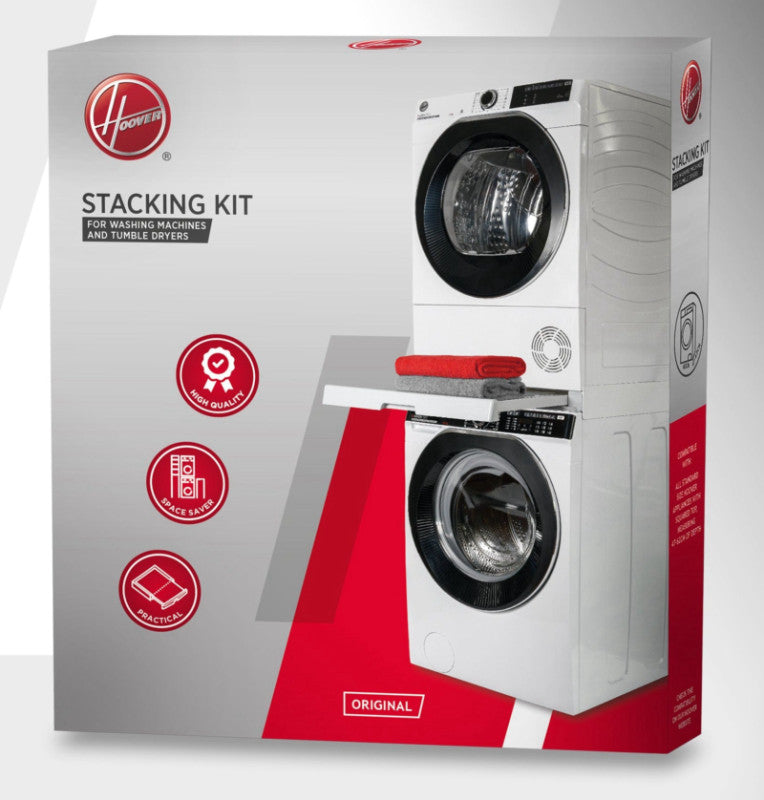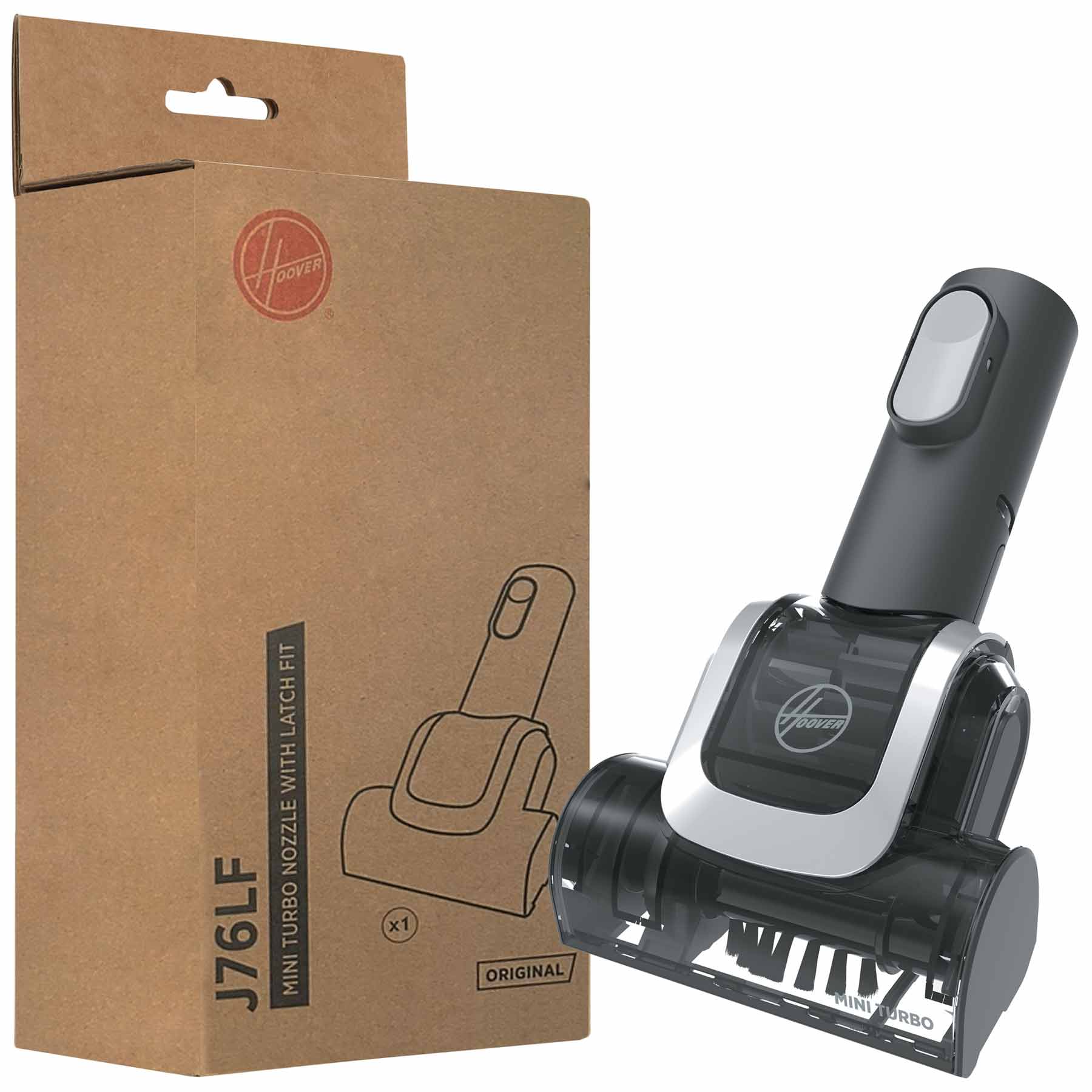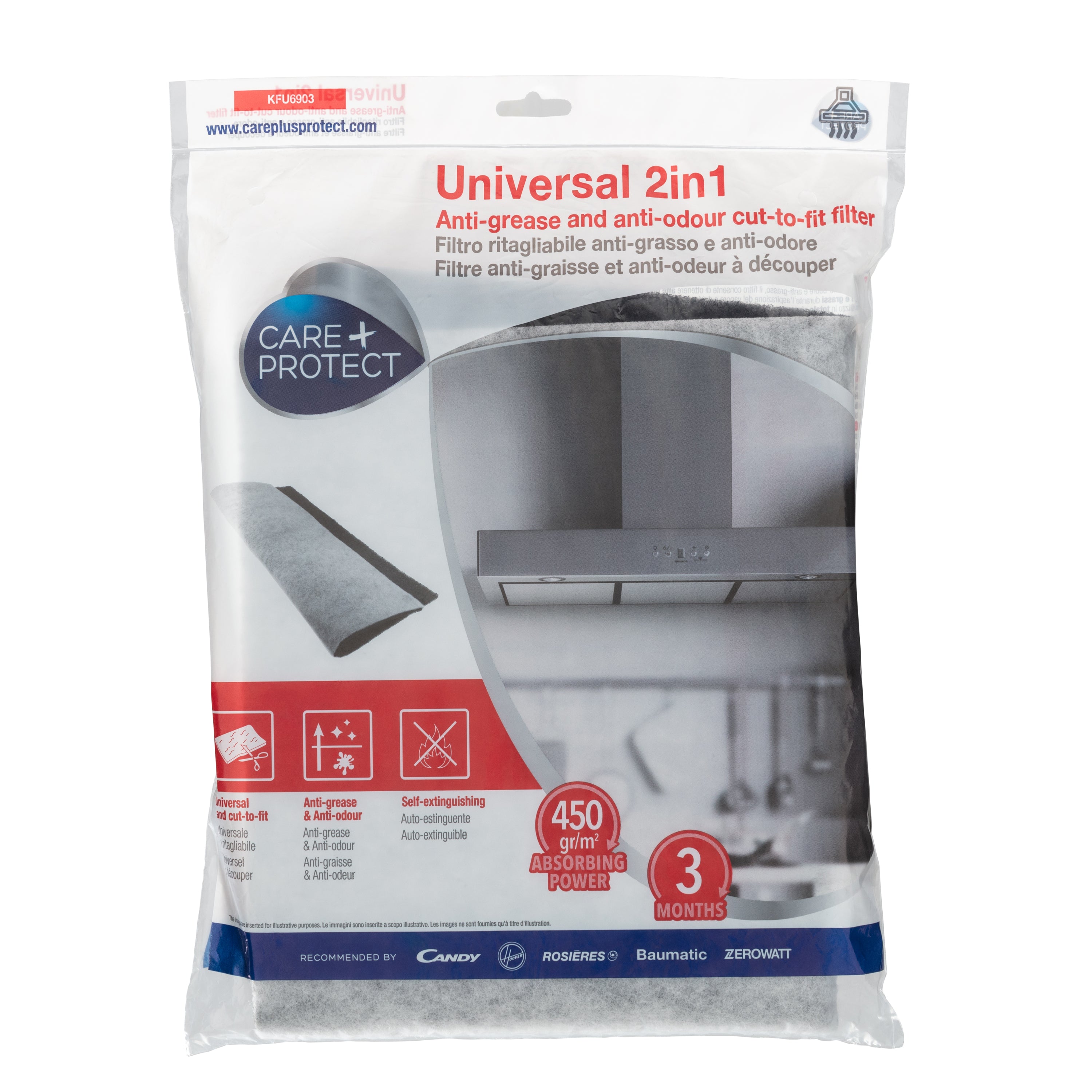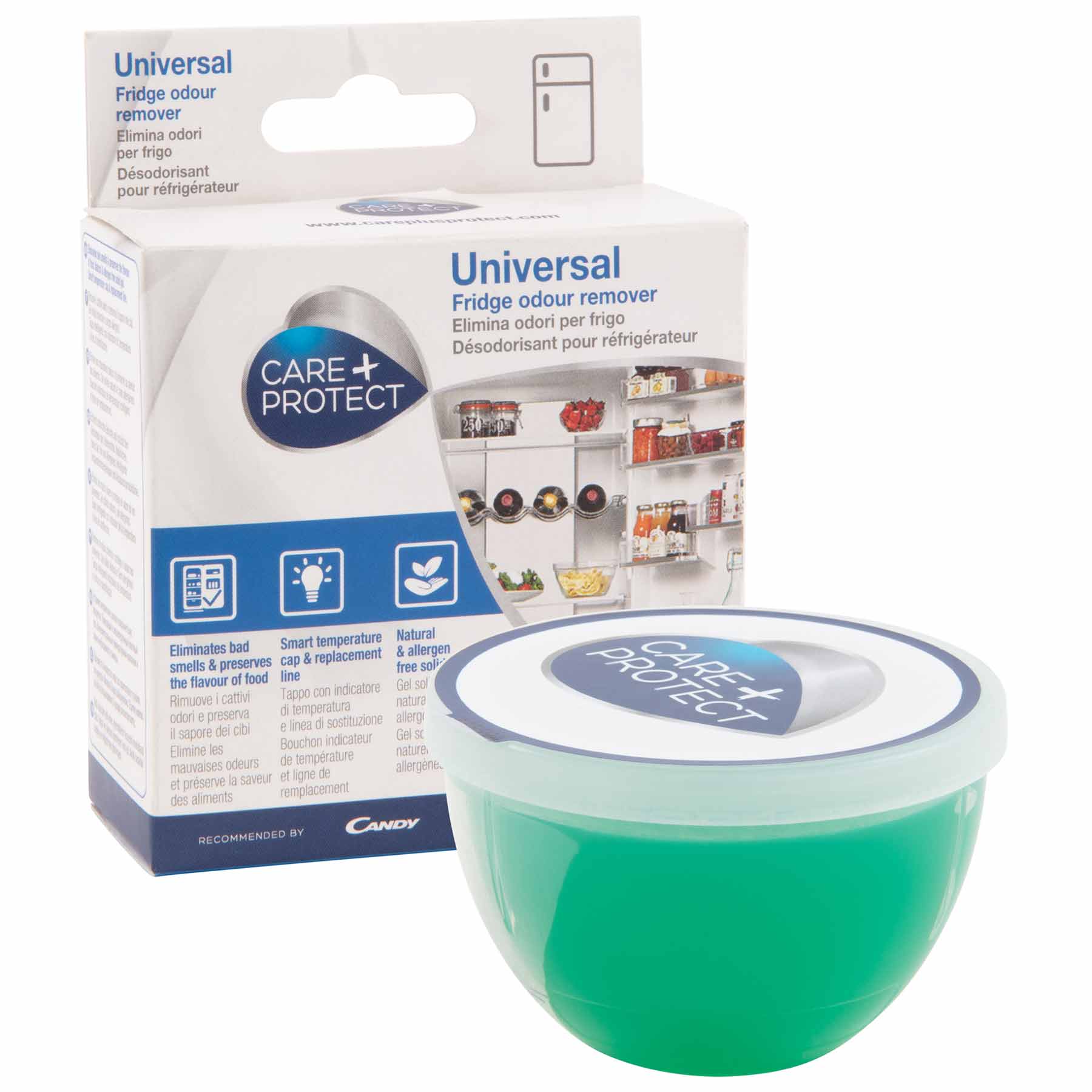The Evolution of Laundry From Washboards to Smart Washing Machines

Laundry, an essential household task, has undergone a remarkable transformation over the centuries. From the primitive use of rivers and rocks to the sophisticated smart washing machines of today, the evolution of laundry methods mirrors the advancements in technology and societal changes. This journey not only highlights the innovative strides in appliance design but also the emergence of products like laundry scent boosters, dryer balls, and eco laundry detergent that have enhanced the laundry experience. These days you can even get laundry detergent delivered to your door!
Early Methods: Washboards and Rocks
In the earliest days, laundry was a laborious task. People would take their clothes to rivers, using stones to beat out the dirt. This method, though effective, was physically demanding and time-consuming. The introduction of washboards in the 18th century marked a significant improvement. These ribbed boards allowed for a more efficient scrubbing process, though it still required considerable effort.
The Advent of Mechanical Washing
The 19th century saw the first significant leap in laundry technology with the invention of the mechanical washing machine. The earliest models, such as James King’s drum machine patented in 1851, operated by hand but greatly reduced the physical toil involved. These machines consisted of a wooden drum that rotated by turning a handle, allowing clothes to be agitated in soapy water.
Electric Washing Machines
The real revolution began in the early 20th century with the advent of electric washing machines. In 1908, Alva J. Fisher introduced the Thor washing machine, the first electric model. This machine featured a drum powered by an electric motor, which not only automated the washing process but also improved efficiency and convenience. By the mid-20th century, electric washing machines became common household appliances, significantly easing the burden of laundry. Dryers were also around at this time but wouldn’t become a common household appliance until much later.
The Rise of Automatic Machines
The 1950s and 60s brought the development of fully automatic washing machines. These machines could wash, rinse, and spin-dry clothes with the push of a button. Innovations such as the top-loading and front-loading designs gave consumers more options, catering to different preferences and space constraints. The introduction of the front loading machines also brought space saving devices such as washer-dryer stacking kits onto the market too.
Modern Innovations: Smart Washing Machines
Today, the laundry process has been revolutionised by smart washing machines. These appliances are equipped with advanced features like Wi-Fi connectivity, allowing users to control and monitor their washing remotely via smartphone apps. Sensors within the machines can detect the load size, fabric type, and level of soiling, automatically adjusting the wash cycle for optimal results. This not only enhances the convenience but also promotes energy and water efficiency.
Enhancing the Laundry Experience: Scent Boosters, Dryer Balls, and Eco Detergents
Alongside advancements in washing machines, there have been significant improvements in laundry products that enhance the washing experience:
Laundry Scent Boosters: These products, such as scented beads or liquid additives, have become popular for giving clothes a long-lasting, pleasant fragrance. Scent boosters can be added directly to the wash cycle, infusing garments with fresh scents that linger long after drying. Learn how to use laundry scent boosters here.
Dryer Balls: Made from materials like wool or rubber, dryer balls are designed to be used in the tumble dryer. They help to soften fabrics naturally, reduce drying time, and minimise static cling. By promoting better air circulation and heat distribution, dryer balls make the drying process more efficient.
Eco Laundry Detergent: With increasing awareness of environmental issues, eco-friendly laundry detergents have gained popularity. Eco detergents are formulated with biodegradable ingredients that are gentle on the planet while still delivering effective cleaning power. They are free from harsh chemicals, making them suitable for sensitive skin and reducing the environmental impact of laundry.
The Future of Laundry
As we look to the future, the evolution of laundry technology shows no signs of slowing down. Emerging trends include the development of washing machines with artificial intelligence capabilities, further enhancing automation and efficiency. Additionally, advancements in fabric care products will continue to improve the laundry experience, prioritising both performance and sustainability.
The journey from washboards to smart washing machines highlights the incredible progress in laundry technology. Today’s appliances and products not only make laundry more convenient but also more efficient and environmentally friendly. As we embrace these modern innovations, we can appreciate the evolution of laundry and look forward to the exciting advancements yet to come.

































Leave a comment